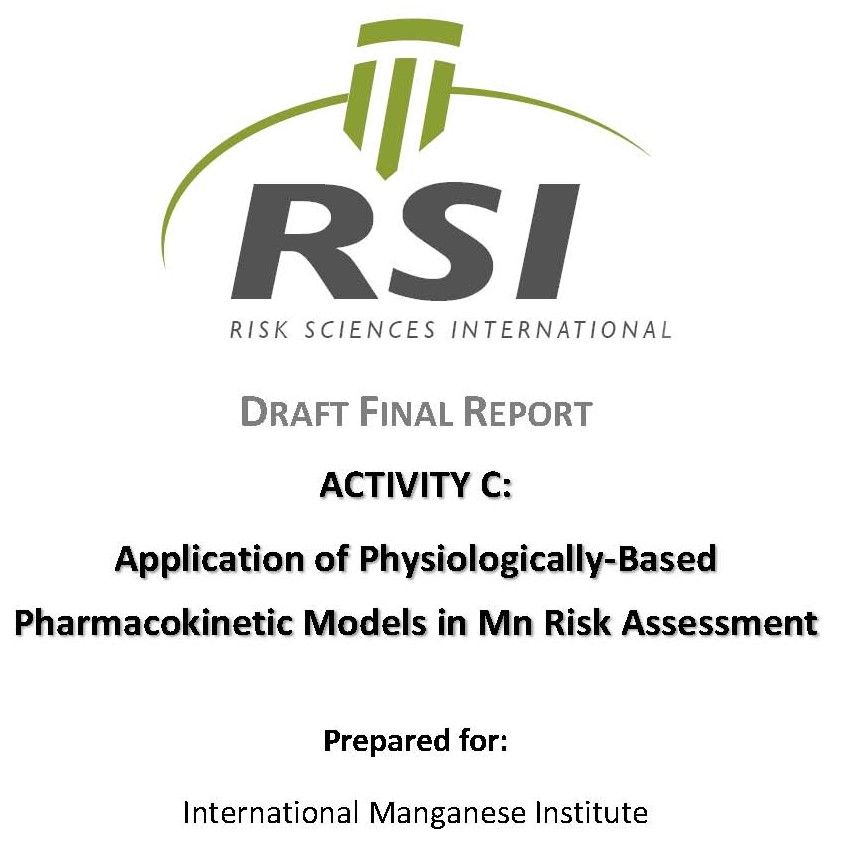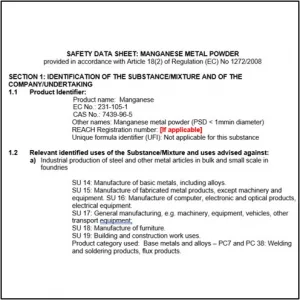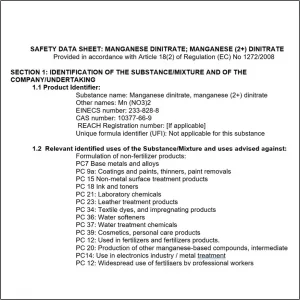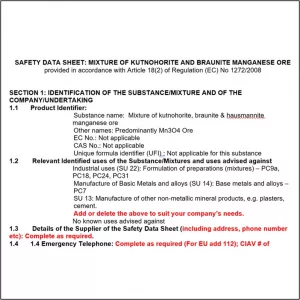Application of Physiologically-Based Pharmacokinetic Models in Mn Risk Assessment
1 175,00€
The current research estimates target tissue Mn concentrations from human occupational and animal toxicological studies and uses these data for tissue dose-response relationships. Prior to use for calculating tissue Mn concentrations, the PBPK models (for human, monkey and rat) were verified and validated by comparing model-derived estimates against tissue Mn concentration reported in occupational and toxicological studies, verifying that predicted concentrations were within 2 fold of measured Mn concentrations. Subsequently, occupational exposure and toxicological studies (human, rat and monkey studies) that had not been previously simulated were simulated to determine end of exposure globus pallidus (or striatum) Mn concentration associated with normal and adverse response(s). Using categorical regression methodology (CatReg), tissue Mn concentrations were modeled in conjunction with the severity scores (i.e. applied to adverse responses from respective study), and used to estimate globus pallidus concentration-adverse health effect response relationships. This research demonstrates a multi-study assessment of globus pallidus Mn concentrations using PBPK models associated with neurological outcomes; with the availability of more data, these dose-response (CatReg) models can be further refined.






